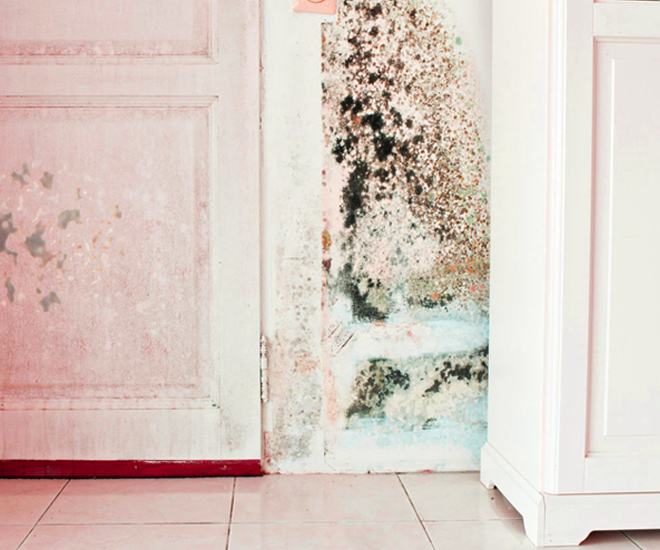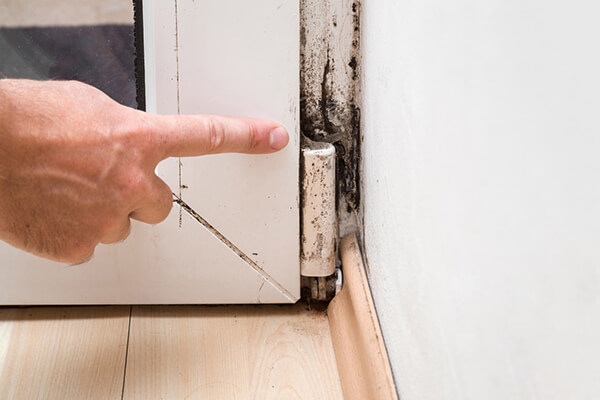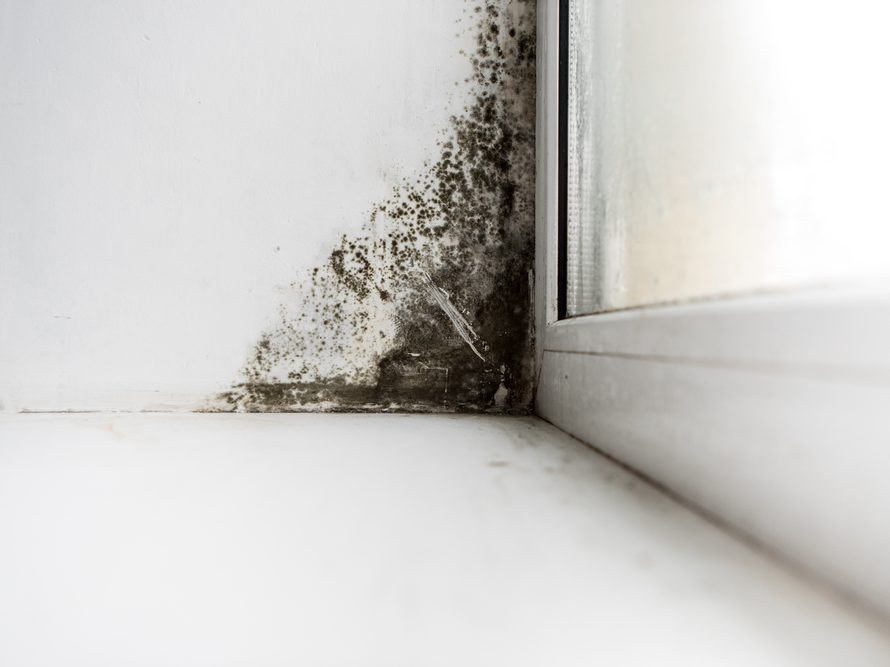Testing Air Quality After Mold Remediation
Testing Air Quality After Mold Remediation
Blog Article
Your Ultimate Overview to Article Mold And Mildew Removal Methods
Navigating the realm of post-mold remediation strategies is a meticulous process that requires focus to information and a thorough understanding of the ins and outs involved. In the results of mold invasion, knowing how to properly eradicate the mold and prevent its reoccurrence is paramount for preserving a healthy indoor setting. From choosing the right cleansing and disinfecting methods to applying techniques for lasting mold avoidance, each step in the removal trip plays a crucial role in ensuring an effective end result. As we embark on this exploration of post-mold removal methods, we will discover the vital techniques and best techniques that can aid you restore your area to its pre-mold condition and guard it against future mold dangers.
Understanding Post-Mold Remediation Process
After finishing the mold remediation procedure, it is critical to recognize the post-mold remediation strategies that are necessary to ensure a comprehensive and effective cleanup. Once the mold has been removed, the following step involves cleansing and disinfecting the affected areas to avoid any type of regrowth of mold.
Furthermore, conducting a last examination post-remediation is essential to make certain that all mold and mildew has been successfully gotten rid of. This examination ought to involve a thorough visual check as well as potentially air sampling to confirm the lack of mold spores in the air. If the assessment reveals any type of sticking around mold and mildew, extra remediation may be required. Last but not least, enlightening owners on precautionary actions such as regulating dampness levels and immediately attending to any type of water leaks can help maintain a mold-free setting.
Reliable Cleaning Up and Disinfecting Techniques

Avoiding Future Mold Growth

Value of Appropriate Ventilation
Appropriate ventilation plays a crucial role in avoiding wetness build-up, a crucial element in mold and mildew growth within indoor environments. Reliable air flow systems help eliminate excess humidity from the air, lowering the opportunities of mold spores locating the wetness they require to sprout and spread out. Without sufficient ventilation, indoor rooms can come to be a reproduction ground for mold and mildew, bring about prospective health threats and architectural damage.
By ensuring proper air blood circulation, air flow systems can additionally aid in drying out wet locations more quickly after water damage or flooding incidents, better deterring mold development. Post Mold Remediation. In rooms like restrooms, kitchens, attic rooms, and cellars where moisture degrees have a tendency to be greater, setting up and maintaining effective ventilation systems is vital in preventing mold and mildew invasions

Monitoring and Upkeep Tips
Offered the vital function that proper ventilation plays in avoiding mold growth, it is important to establish efficient monitoring and upkeep pointers to ensure the ongoing capability of ventilation systems. Regular evaluations of ventilation systems should be performed to inspect for any kind of indications of obstructions, leaks, or breakdowns that could restrain proper air flow. Monitoring moisture degrees within the residential property is also moved here critical, as high moisture can add to mold and mildew development. Setting up a hygrometer can help track humidity levels and alert property owners to any type of spikes that might require attention. In addition, guaranteeing that air filters are consistently cleaned or replaced is necessary for keeping the efficiency of the air flow system. Applying a timetable for regular upkeep jobs, such as air duct cleansing and HVAC system evaluations, can assist protect against you can try this out problems before they intensify. By staying positive and conscientious to the problem of ventilation systems, homeowner can effectively alleviate the risk of mold and mildew regrowth and keep a healthy interior setting.
Conclusion
Finally, post-mold removal strategies are necessary for making certain a safe and clean environment. Comprehending the procedure, implementing reliable cleansing and sanitizing techniques, stopping future mold growth, preserving appropriate air flow, and regular monitoring are all crucial action in the removal procedure. By adhering to these guidelines, you can successfully remove mold and mildew and avoid its return, advertising a healthy living or working space for all passengers.
In the consequences of mold infestation, knowing how to efficiently eliminate the mold and avoid its reoccurrence is vital for preserving a healthy and balanced interior setting. As soon as the mold has been eliminated, the following step involves cleansing and disinfecting the affected areas to protect against any regrowth of mold and mildew - After mold remediation. After getting rid of noticeable mold and mildew growth, it is critical to clean up all surfaces in the damaged area to get rid of any remaining mold and mildew spores. To better boost mold avoidance actions, it is crucial to attend to underlying issues that initially led to mold and mildew development.Offered the crucial function that correct ventilation plays in preventing mold and mildew development, it is necessary to establish reliable surveillance and maintenance pointers to make sure the continued functionality of ventilation systems
Report this page